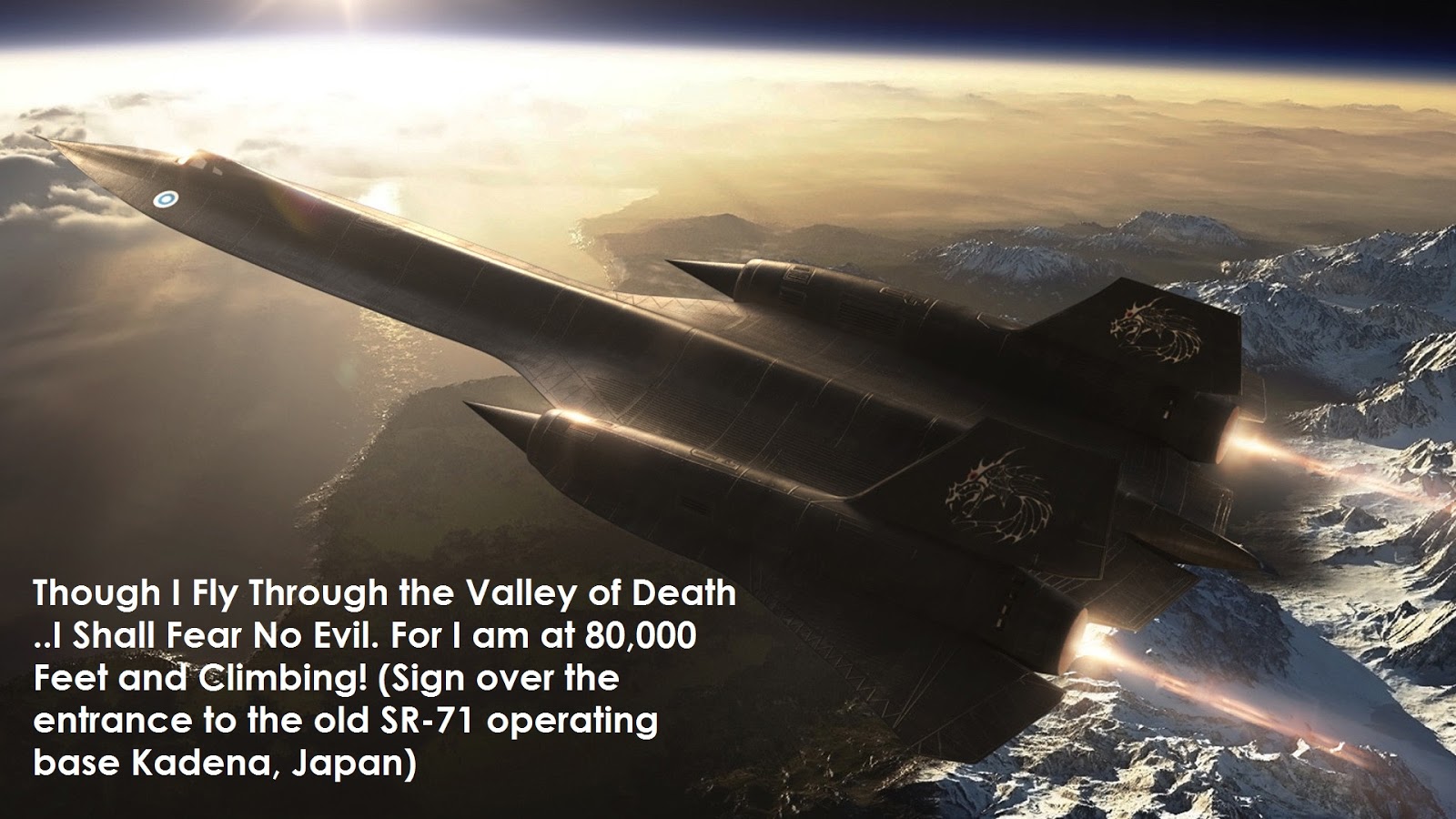Kittyhawk
Established Member
Here a couple of English Electric Lightnings, an all time favorite aircraft of mine and one I've wanted to build for ages . Unfortunately none of my customers wanted to order one so I was obliged to go to one and convince him that he absolutely needed it and while I was at it, thought I might as well build a couple.
I know something about most of the aeroplanes that I model but am quite ignorant about the Lightning so I hope that AES will come along with some insights.
For the first time, after building over 60 models my wife has got involved and told me that my normal rounded stands would not suit the Lightning and designed something more appropriate to its angular form. I think she was right and the new ones shown are a lot better for this aircraft.
The other thing that caused her a little consternation was the IFR tube under the port wing, the shape of the end ofwhich she immediately identified as being remarkably similar to a certain male appendage. In fact she accused me of vulgar artistic licence by embellishing its form and especially so when I explained its usage - that the Lightning would come up behind another aeroplane and poke its tube up a pipe sticking out of the other plane's bottom whereupon an exchange of fluids would take place.
Her response was that if she'd ever thought about it which she hadn't, but although ships are called 'she', she would have assumed that aeroplanes are gender neutral but obviously not - the dirty beggars.





I know something about most of the aeroplanes that I model but am quite ignorant about the Lightning so I hope that AES will come along with some insights.
For the first time, after building over 60 models my wife has got involved and told me that my normal rounded stands would not suit the Lightning and designed something more appropriate to its angular form. I think she was right and the new ones shown are a lot better for this aircraft.
The other thing that caused her a little consternation was the IFR tube under the port wing, the shape of the end ofwhich she immediately identified as being remarkably similar to a certain male appendage. In fact she accused me of vulgar artistic licence by embellishing its form and especially so when I explained its usage - that the Lightning would come up behind another aeroplane and poke its tube up a pipe sticking out of the other plane's bottom whereupon an exchange of fluids would take place.
Her response was that if she'd ever thought about it which she hadn't, but although ships are called 'she', she would have assumed that aeroplanes are gender neutral but obviously not - the dirty beggars.













